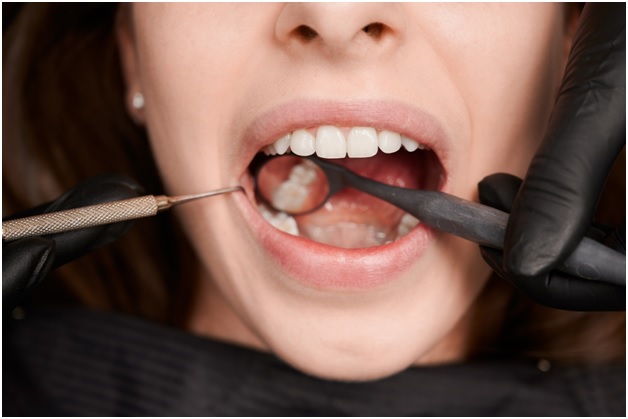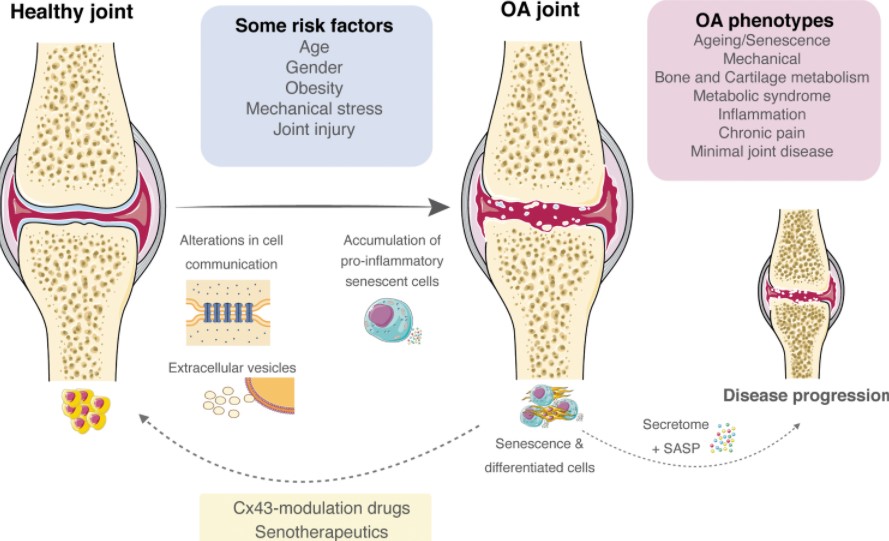That familiar click or sudden rough edge in your mouth can be unsettling. You realise with a sinking feeling that a filling or crown has come adrift. Panic might set in, and the question immediately arises: is this a dental emergency requiring immediate attention, or can it wait for a routine appointment? Understanding the nuances of this situation is crucial for making the right decision about seeking dental care from a professional like Diamond Smile and ensuring your oral health isn’t compromised. This comprehensive guide delves into the various factors that determine whether a lost filling or crown constitutes a genuine dental emergency.
Defining a Dental Emergency: Beyond the Ordinary
To determine if a lost filling or crown warrants emergency intervention, it’s essential to first understand what constitutes a true dental emergency. Generally, a dental emergency involves a situation that requires immediate treatment to relieve severe pain, stop bleeding, or save a tooth. These situations often involve trauma, severe infection, or conditions that could have serious consequences if left untreated.
Lost Filling: Assessing the Urgency
A lost filling is a relatively common occurrence. Fillings can dislodge due to various reasons, such as biting down on something hard, tooth decay around the filling margins, or simply the natural wear and tear over time. Whether a lost filling constitutes an emergency depends on several factors:
- Pain Levels: If the exposed tooth is causing significant pain or sensitivity to hot, cold, or sweet stimuli, it warrants prompt attention. The exposed dentin (the layer beneath the enamel) contains nerve endings that can be highly sensitive.
- Sharp Edges or Irritation: The remaining tooth structure or the dislodged filling itself might have sharp edges that are irritating your tongue or cheeks, causing discomfort or even cuts. While not immediately life-threatening, this can be quite bothersome and may require smoothing by a dentist.
- Risk of Further Damage: A lost filling leaves the underlying tooth structure unprotected and vulnerable to further decay, chipping, or cracking, especially when chewing. Addressing it sooner rather than later can prevent more extensive and costly treatment down the line.
- Aesthetics and Function: While not strictly a medical emergency, a lost filling in a highly visible area might be a concern for aesthetic reasons. Furthermore, if the lost filling affects your bite or ability to chew comfortably, it’s advisable to seek timely attention.
Lost Crown: A More Pressing Concern?
A lost crown, a more substantial restoration that covers the entire visible portion of a tooth, often presents a more urgent situation than a lost filling. This is due to several factors:
- Exposed Prepared Tooth: When a crown comes off, it leaves the underlying tooth, which has been specifically shaped to receive the crown, exposed. This prepared tooth is often more vulnerable and can be sensitive.
- Risk of Damage to the Prepared Tooth: The exposed prepared tooth is more susceptible to chipping, cracking, and decay. Without the protection of the crown, it can quickly become damaged, potentially complicating or even jeopardising the possibility of recementing the original crown.
- Sensitivity and Pain: Similar to a lost filling, the exposed prepared tooth can be highly sensitive to temperature changes, pressure, and sweet foods, causing significant discomfort.
- Bite Issues: A lost crown can significantly alter your bite, potentially leading to discomfort when chewing, jaw pain, or even damage to opposing teeth.
- Aesthetics: A missing crown, especially on a front tooth, can have a significant impact on your appearance and confidence.
When to Seek Emergency Dental Care for a Lost Filling or Crown:
While not every lost filling or crown necessitates an immediate trip to an emergency dentist, certain situations do warrant prompt attention:
- Severe and Unmanageable Pain: If the pain associated with the lost filling or crown is intense and cannot be effectively managed with over-the-counter pain relief.
- Significant Bleeding: Although less common with a lost filling or crown, any significant bleeding from the area should be treated as an emergency.
- Swelling or Signs of Infection: Swelling around the affected tooth or gums, pus, or a bad taste in your mouth could indicate an infection, which requires immediate dental care.
- Sharp Edges Causing Significant Trauma: If the remaining tooth structure or the dislodged restoration has very sharp edges that are causing significant cuts or trauma to your soft tissues.
- Inability to Eat or Drink Comfortably: If the lost filling or crown is severely impacting your ability to eat or drink without significant pain or discomfort.
What to Do If You Lose a Filling or Crown (Before Seeking Professional Help):
While waiting for your dental appointment, there are several steps you can take to protect the exposed tooth and manage any discomfort:
- Retrieve the Crown (If Possible): If you have the crown, gently rinse it with water.
- Clean the Exposed Tooth: Gently brush the exposed tooth to remove any food debris.
- Pain Relief: Over-the-counter pain relievers like ibuprofen or paracetamol can help manage pain and inflammation.
- Temporary Protection (for Crowns): If you have the crown and it fits reasonably well, you can try to temporarily recement it using a dental adhesive or temporary crown cement available from most pharmacies. Follow the product instructions carefully. Do not use household glue.
- Avoid Chewing on the Affected Side: Stick to soft foods and avoid chewing on the side of your mouth where the filling or crown is missing.
- Maintain Good Oral Hygiene: Continue to brush and floss carefully around the affected area.
The Importance of Prompt Professional Attention:
Even if the pain is manageable, it’s crucial to seek professional dental attention as soon as possible after losing a filling or crown. A dentist can properly assess the situation, clean the area, protect the exposed tooth, and provide a permanent solution, whether it’s replacing the filling or recementing or replacing the crown. Delaying treatment can lead to further complications, increased sensitivity, potential infection, and more extensive and costly dental work in the future.
Conclusion: Err on the Side of Caution
While not every lost filling or crown constitutes a life-threatening emergency, it’s essential to assess the situation carefully based on the level of pain, discomfort, and potential for further damage. If you are experiencing significant pain, bleeding, swelling, or difficulty eating, seeking emergency dental care is the right course of action. Even in less severe cases, prompt professional attention is crucial to protect the exposed tooth and prevent further complications. When in doubt, it’s always best to err on the side of caution and contact your dental practice for advice. They can assess your situation and guide you on the appropriate course of action to ensure your oral health remains in good hands.



